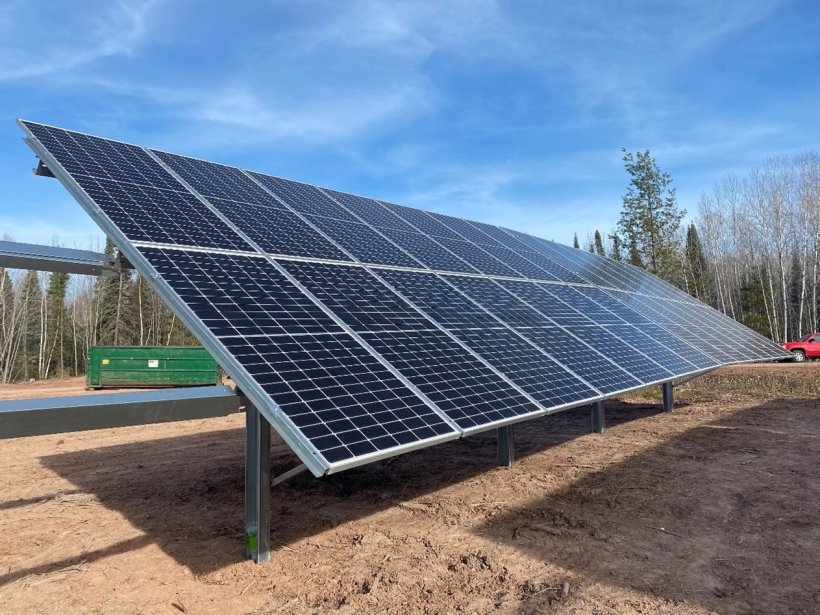You’ve probably heard the term “resilience” used in the energy sector regarding electricity and power. The Energy Department defines resilience as a power system that can adapt quickly to changing conditions and recover quickly from disruptions.
The resilience of the grid can be increased by solar energy. Distributed solar energy systems, such as community solar and rooftops, can increase the strength of the grid and the communities it serves.
Grid-based resilience
Power comes from various sources–fossil-based generators fueled by coal or natural gas have been standard for the last century. Solar energy is a cost-effective, affordable electricity source that can power a clean energy economy in the 21st century.
Grid operators require tools such as load shifting, demand management, battery storage, and demand management to make solar power resilient. It is essential to know when you should use these tools. Forecasting is a way to know when and how much solar energy resources are produced. DOE has just completed the first Solar Forecasting Prize, which will help to commercialize tools to predict solar generation. They also invest in tools and models to continue improving communications between grid operators and solar generation facilities to have accurate and timely information that allows them to do their jobs efficiently.
DOE is also working on microgrids that have large amounts of solar power. These microgrids can be disconnected from the primary grid and operate independently when the main grid goes down. Microgrids increase resilience by limiting the number of customers affected by outages, allowing faster system recovery, reducing the risk posed by natural or artificial disasters, and keeping communities safe.
Grid resilience is also possible with grid-forming inverters. These inverters coordinate other resources, such as inverters-based, to maintain electricity on the grid. These new technologies are constantly evolving and require research. This is why we have created a consortium to UNIFI all stakeholders. Grid-forming inverters are expected to be able to restart the grid without the aid of traditional forms of electricity generation.
Community focus
Research is expanding the definitions of resilience to include communities connected to the electric grid. Increased solar energy availability and affordability will increase community resilience. This will help to ease energy costs and provide reliable and clean electricity.
Our Renewables Advancing Community Energy Resilience funding opportunity focuses on community energy resilience. A total of $25,000,000 will be awarded to several projects to support community energy planning and technology demonstrations to increase energy resilience to climate change and extreme weather. These events often cause extensive equipment failures and infrastructure damage, especially in areas that serve communities.
The vital services of electricity are embedded in almost every corner and part of the economy and communities. These include lighting at night to ensure safety, emergency response services, food refrigeration, medication storage, clean water, and sewage disposal. The projects under RACER will bring together multiple stakeholders–utilities and municipal planners, emergency response teams, community groups, and others–to ensure that all community members have access to electricity.
The future of resilience
With the support of RACER and other DOE efforts, new and innovative methods for community energy planning will be developed. These new technologies will help reduce power interruptions’ impact on essential services and increase resilience to extreme weather events.
The DOE continues to be concerned about grid-connected solar energy’s growth. This makes resilience at the grid and in communities a critical priority. The Solar Energy Technologies Office will continue researching and developing a resilient grid to handle increasing solar energy as we transition to a more decarbonized power system. It will also ensure solar technologies improve the grid’s ability to keep the lights on.








